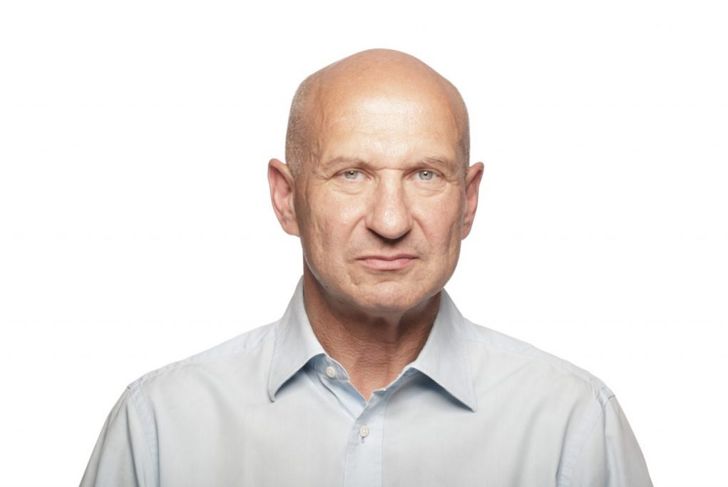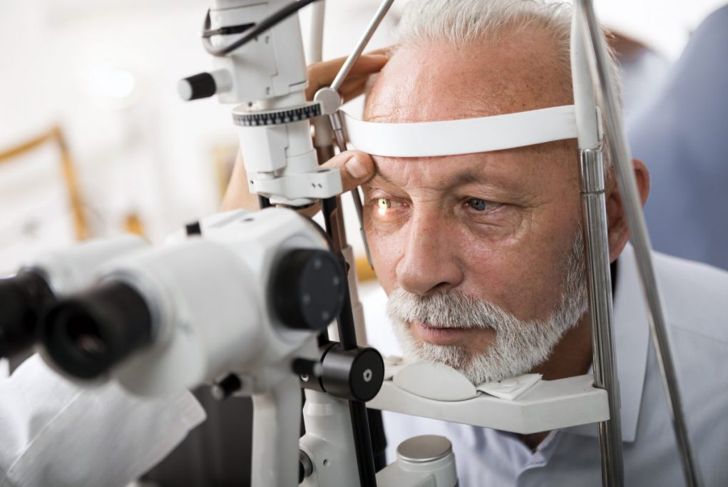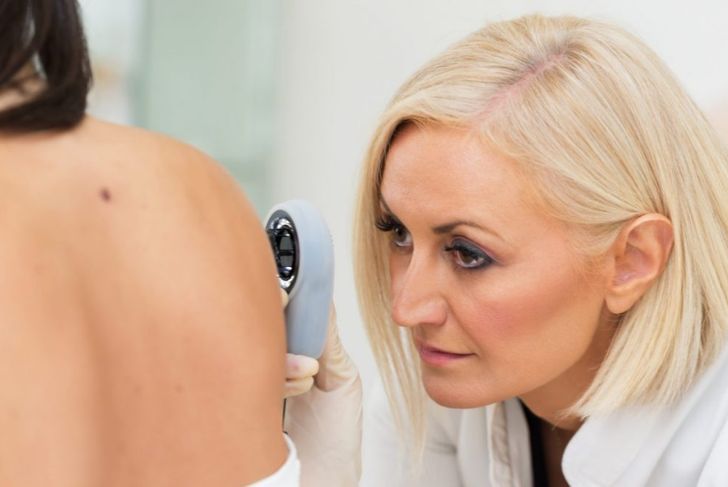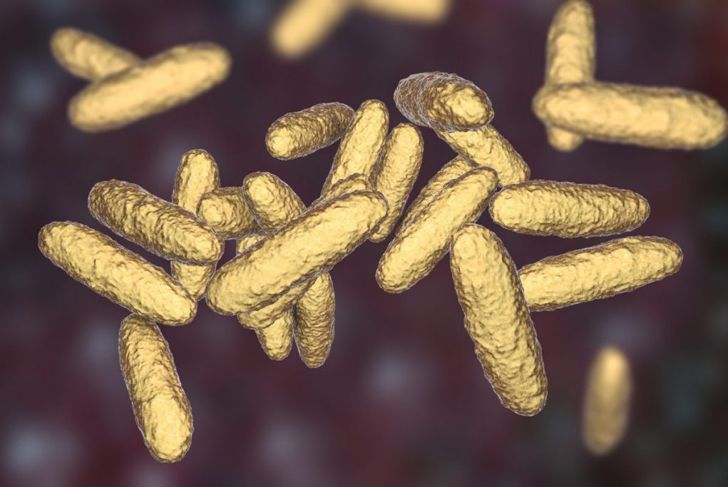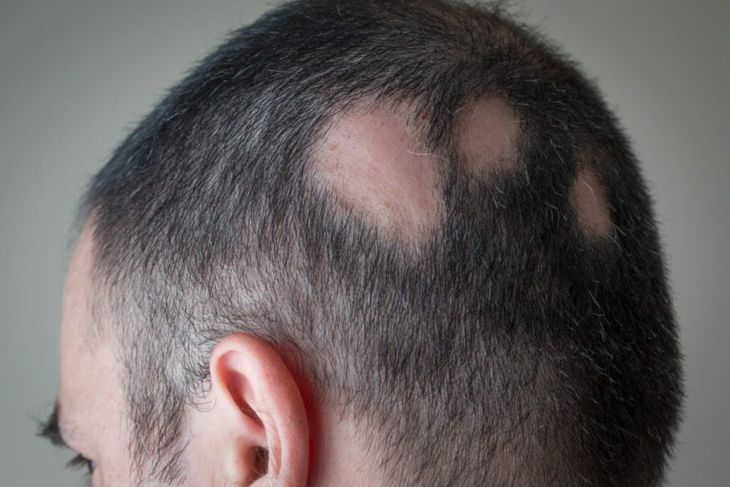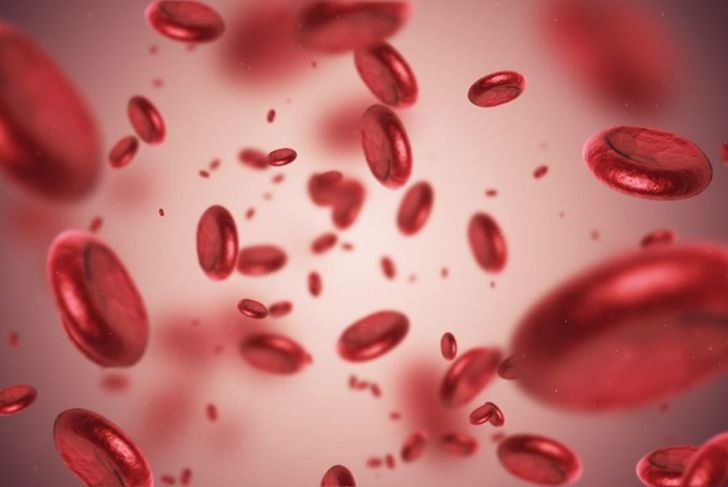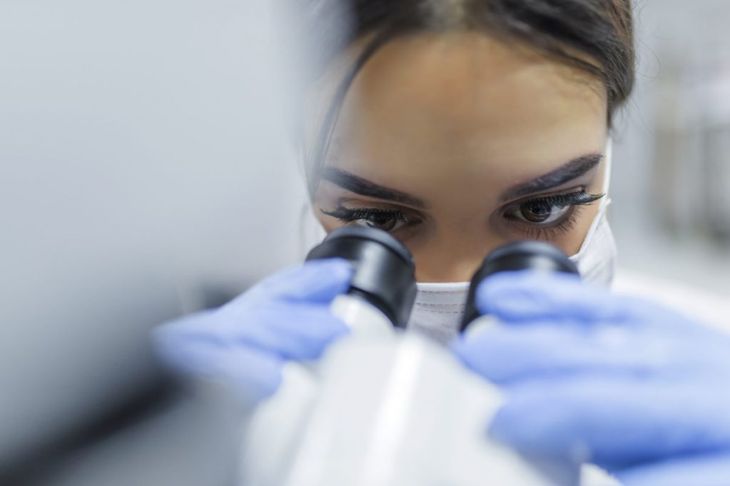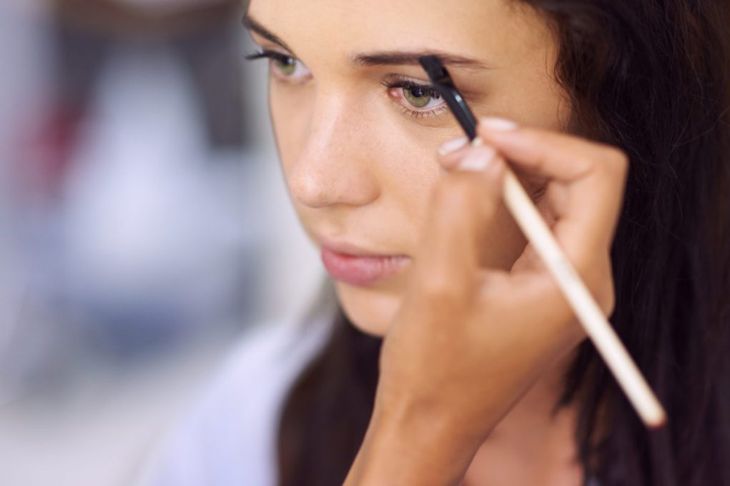Madarosis results in the loss of hair from the eyelashes or eyebrows. It can affect one or both sides of the face and complete or partial hair loss. The condition has two classifications: scarring and non-scarring. Typically, scarring means there is significant damage to the internal hair structures, and the hair loss may be irreversible. Many conditions and issues can cause madarosis.
Signs and Symptoms of Madarosis
Usually, the symptoms of madarosis are purely cosmetic. Loss of hair from the eyelash and eyebrow regions is the most common sign. Generally, any additional symptoms originate from the underlying condition causing madarosis. Some people develop additional symptoms such as redness and itching. Many of the underlying conditions also cause hair loss in other areas of the body, such as the scalp. If madarosis is the result of a thyroid condition, a person could also experience weight gain.
Ophthalmological Conditions
Because there are so many possible causes for madarosis, it is sometimes simpler to break them into their origin or branch of medicine. For example, ophthalmology focuses on the diagnosis and treatment of eye conditions. Blepharitis is inflammation of and around the eyelids. This causes redness and damages the area where the eyelashes grow. It typically occurs when the small oil glands around the eyelashes become clogged. Blepharitis is often mild and only results in irritation, though the condition may be chronic.
Dermatologic Conditions
Dermatology is the branch of medicine that handles issues affects the nails, hair, and skin. A vast number of dermatologic conditions cause madarosis.Atopic dermatitis or atopic eczema is one form of skin inflammation. Its cause is unknown but physicians believe genetics, environmental exposures, and immune system issues play a role. Typically, the inflammation affects the knees, elbows, hands, and feet, but if the eyelids become inflamed, madarosis can occur. Other dermatologic conditions that cause madarosis are psoriasis, telogen effluvium, and frontal fibrosing alopecia.
Trauma
Various traumas can cause the hair around the eyelids and eyelashes to fall out. For example, significant physical trauma from an injury or an accident may damage the eyelid or eyebrow area. Burns can damage internal hair structures. Alternatively, certain psychological conditions lead to the same issues. Trichotillomania is a mental disorder that causes a person to feel intense urges to pull their hair out. Most individuals recognize that they are pulling their hair, though efforts to prevent this will typically fail without additional assistance. Constant hair pulling can cause trauma and prevent hair from growing back properly.
Medications and Medical Treatments
Hair loss and madarosis are fairly common side effects of medications. Cancer treatments such as chemotherapy have many side effects, with hair loss being one of the most common. Anticoagulants significantly slow the clotting time of blood and may, in rare circumstances, also cause madarosis. In men, high levels of adrenaline can cause an excess of testosterone that leads to decreased bone density and hair loss. Laser therapy can directly damage the cells responsible for hair growth, preventing the replacement of lost hair.
Infections
Because of the wide variation between infections, it is inevitable that some cause hair loss and madarosis. The most common infection leading to madarosis is leprosy. This long-term infection results in the formation of granulomas in the nerves, respiratory tract, eyes, and skin. Granulomas are accumulations of macrophage immune cells, the side effects of which include dry skin lesions resulting in hair loss and a lack of ability to feel pain. Other common infections are syphilis, herpes, and HIV. Certain fungal infections can also lead to madarosis.
Autoimmune Disorders
Some autoimmune disorders such as alopecia areata, discoid lupus erythematosus, and Parry-Romberg syndrome damage the skin or prevent hair growth. Alopecia areata causes the loss of small, coin-sized spots of hair from various areas of their body. Discoid lupus erythematosus is characterized by the development of red spots of inflammation, typically around the scalp, cheeks, and ears. If these spots develop on or near the eyebrows, the hair may fall out or new hair may be prevented from growing. Parry-Romberg syndrome is a rare disease that features degeneration and shrinkage of the tissues just beneath the skin. Typically, this affects one side of the face and can dramatically damage the hair structures.
Nutritional Issues
Malnutrition can cause chronic hair loss, though usually only in severe cases. Additionally, dry or brittle hair will often precede hair loss. Madarosis and hair loss can also stem from zinc deficiencies such as acrodermatitis enteropathica, as well as iron or biotin deficiencies. Low levels of protein in the blood may cause the telogen phase of hair growth to begin early, forcing hair loss before the body is ready to replace it.
Diagnosing Madarosis
Physicians typically begin the diagnosis process by observing the areas around the eyelids and eyebrows. If they suspect madarosis, they may order blood tests to find possible pre-existing or underlying conditions. Alternatively, a physician may perform a skin swab to find bacterial infections or a skin scraping to identify fungal infections. Dermatologists may examine the skin with a magnifier. Finally, the doctor may investigate family medical records for a history of madarosis or hair loss.
Treatment
Madarosis treatment depends on several factors, including the severity of hair loss, classification of madarosis, and the underlying cause. Typically, physicians are able to resolve madarosis by treating the pre-existing condition. If this isn’t possible or if the hair loss is permanent, cosmetic options are available. False eyelashes and eyebrows can mask madarosis. Other options include eyebrow tattoos, eyelash grafts, eyebrow hair transplants, and makeup. In some cases, topical solutions improve hair growth.

 Home
Home Health
Health Diet & Nutrition
Diet & Nutrition Living Well
Living Well More
More